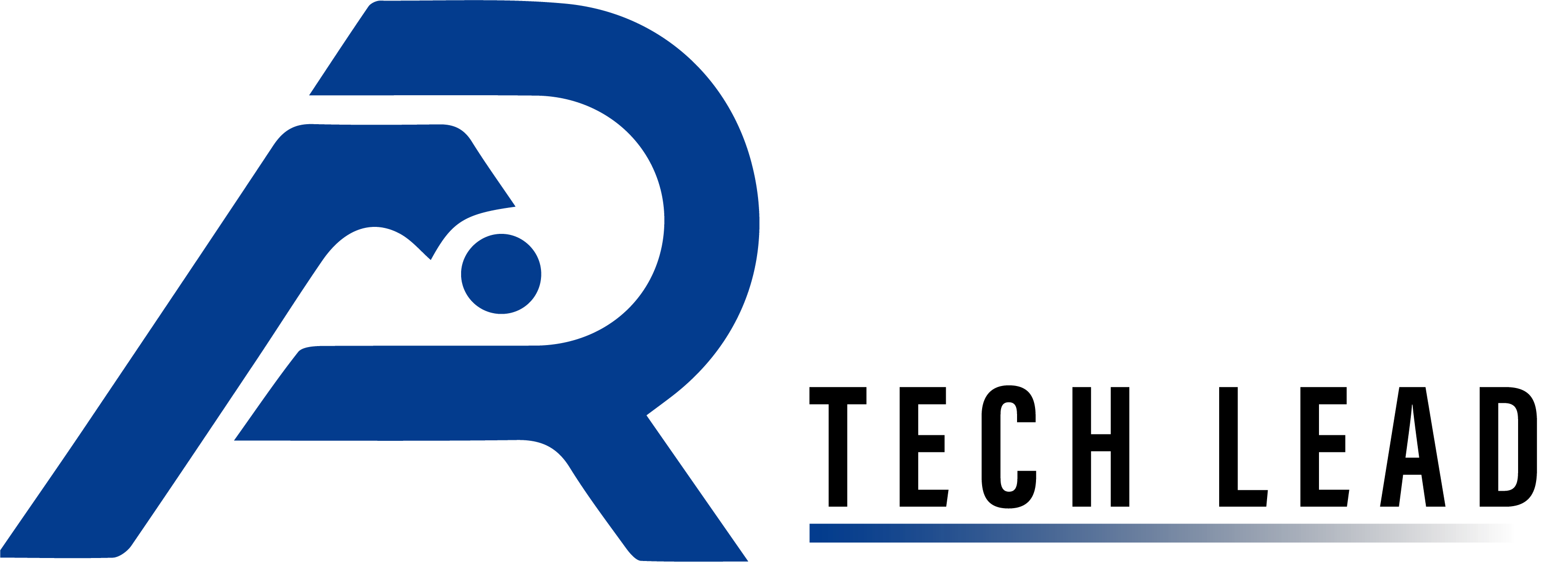SEO Shortcuts: 5 That Can Help and 5 That Can Be Harmful
SEO is a crucial element of any digital marketing strategy, but let’s be real—getting to the top of Google takes time. This often leads website owners and marketers to seek out shortcuts. The issue? Not every shortcut is worth taking. Some can genuinely save you time and boost your SEO efforts, while others could result in penalties and long-lasting damage.
In this guide, we’ll help you distinguish between the beneficial and the harmful. You’ll find five SEO shortcuts that can help you achieve better results more quickly, as well as five that could negatively impact your website’s performance. If you’re committed to enhancing your rankings without risking penalties, this list will help you make informed choices.
What is SEO Shortcuts?
SEO shortcuts are tricks or techniques that help you save time and effort when optimizing your website for search engines. The goal of these shortcuts is to boost your rankings more effectively—whether that’s through handy tools, automation, or specific strategies.
But here’s the catch: not all SEO shortcuts are created equal. Some of these shortcuts can be beneficial, making repetitive tasks easier or streamlining your workflow without sacrificing quality or breaking any search engine rules. Think of things like SEO plugins, AI tools for creating content briefs, and smart internal linking systems.
On the flip side, some shortcuts can do more harm than good. These often involve cutting corners, ignoring best practices, or trying to trick the algorithm. Examples include black-hat tactics like keyword stuffing, purchasing low-quality and spammy backlinks, or putting out low-quality auto-generated content.
5 SEO Shortcuts That Help
1. Using SEO Plugins for Optimization
Managing on-page SEO for every blog post or page can quickly turn into a bit of a chore. That’s where SEO plugins like Yoast SEO, Rank Math, or All in One SEO shine. These handy tools simplify crucial optimization tasks, like setting up meta descriptions, adding schema markup, optimizing title tags, and creating sitemaps. They’re super user-friendly and work seamlessly with WordPress and other CMS platforms.
Even experienced SEO pros rely on these plugins to cut down on repetitive work and minimize the chances of overlooking important optimization details. Plus, they help uphold SEO best practices across your entire site, making it much easier to keep everything consistent as your website expands.
Why it helps:
- Instead of manually adjusting every SEO element,
- Plugins streamline these processes,
- Reducing errors and saving time—especially useful for beginners and small business owners.
2. Repurposing Existing Content
Creating new content from the ground up can be a real challenge—it takes time, research, and a lot of hard work. But don’t overlook the power of repurposing your existing content, especially those blog posts that have taken off. You can easily turn a blog into a YouTube video, a podcast episode, an infographic, or even a LinkedIn carousel. This not only stretches the value of your original work but also helps you reach different audiences across various platforms.
Plus, repurposing lets you update the content to keep it fresh, target relevant keywords, and stay on top of trending topics. It’s a smart shortcut that aligns perfectly with your content marketing strategy, boosts your visibility, and enhances engagement—all without the heavy lifting of starting from scratch.
Why it helps:
- Increases content reach
- Boosts backlink opportunities
- Improves user engagement
- Helps target new keywords without starting from scratch
3. Internal Linking Using Templates
Internal linking is one of those underrated yet powerful on-page SEO strategies. Many websites overlook the potential of internal links simply because adding them manually can take a lot of time. But with internal linking templates or automated tools like LinkWhisper, you can make things much smoother. These tools suggest relevant posts to link to while you’re writing or updating your articles.
This not only saves you precious time but also makes sure that no important page is left hanging. A strong internal linking strategy helps Google get a better grasp of your content structure and spreads page authority effectively, which can lead to higher rankings in the long run.
Why it helps:
- Enhances site structure
- Distributes link equity efficiently
- Reduces bounce rate by keeping users on-site longer
- Boosts the rankings of lower-performing pages
4. Using AI Tools for SEO Research
Modern AI tools like Surfer SEO, Frase, and ChatGPT are revolutionizing the way we approach SEO research. These platforms can help you dive into SERPs, spot content gaps, whip up content briefs, and recommend on-page optimizations. What used to take hours of tedious manual research can now be accomplished in just minutes with the help of AI.
The real advantage here isn’t just speed; it’s also about accuracy and staying competitive. AI tools leverage real-time data to give you insights into what works for specific keywords, enabling you to craft more targeted and effective content. When used properly, AI can serve as a fantastic shortcut that enhances productivity without compromising quality.
Why it helps:
- Reduces time spent on manual competitor analysis
- Offers data-driven content outlines
- Ensures content relevance and topical authority
5. Creating Evergreen Content Pillars
Evergreen content is the kind of material that stays relevant for years to come. By organizing it into pillar pages—those all-encompassing guides that link to related blog posts, you create a content ecosystem that keeps attracting traffic and supports your SEO objectives. Rather than churning out new content all the time, you can concentrate on enhancing and refreshing a few key pages that act as trusted resources.
This method is not only efficient but also scalable. Once your pillar pages are in place, you can develop supporting cluster content that links back to the main pillar. It’s a sustainable shortcut that builds your authority on specific topics and enhances user navigation over time.
Why it helps:
- Attracts consistent organic traffic over time
- Builds topical authority
- Reduces the need for frequent updates
- Enables easier internal linking
5 Harmful SEO Shortcuts


1. Keyword Stuffing
To boost the search rankings, many website owners stuff their content with as many keywords as they can. While this might have been effective a decade ago, today, keyword stuffing is one of the quickest ways to ruin your SEO reputation. It not only creates a jarring reading experience but also makes your content appear spammy and manipulative to search engines.
Google’s algorithms have evolved significantly. They now focus on content that meets user intent and delivers real value, rather than pages that endlessly repeat keywords. If your writing comes off as robotic or awkward due to forced keyword usage, you’re likely causing more harm than good.
Why does it harm:
- Decreases readability and user experience
- Triggers spam filters in Google algorithms
- Results in lower engagement metrics (higher bounce rate, less time on page)
- Can lead to indexing in severe cases
2. Buying Backlinks
Backlinks continue to play a crucial role in Google’s ranking algorithm, but it’s important to remember that not all links are created equal. Many marketers might be tempted to purchase links in bulk from inexpensive providers or link farms, believing it’s a quick fix for improving their rankings. However, these paid links often originate from low-quality, irrelevant, or spammy websites that don’t provide any real value.
Google has strict policies against link spam. If it catches wind of unnatural or manipulative link-building tactics, your site could face a manual action, leading to lost rankings or even removal from the index. Always prioritize quality over quantity when it comes to building your links.
Why does it harm:
- Violates Google’s Webmaster Guidelines
- Can result in manual penalties
- Leads to toxic link profiles that are difficult to clean up
- Reduces trustworthiness and domain authority
3. Auto-Generated Content Without Quality Control
As AI writing tools become more popular, some site owners are rushing to produce blog posts in bulk, often neglecting to edit or ensure quality. While these tools can help speed things up, publishing unchecked, cookie-cutter AI content is a risky shortcut. It often falls short in terms of depth, originality, and trustworthiness.
Google’s Helpful Content Update is aimed at weeding out low-value, automated content. Your writing needs to deliver real insights and focus on what users want. If it doesn’t, you could struggle to rank, or even worse, find your content completely excluded from search engine results.
Why does it harm:
- Creates thin, repetitive, or low-value content
- Lacks originality and engagement
- May violate Google’s Helpful Content Update
- Damages brand credibility
4. Cloaking or Misleading Redirects
Cloaking refers to the practice of displaying different content to search engines than what users encounter. Some websites go as far as using misleading redirects to mislead users into landing on irrelevant or spammy pages. This strategy is a significant violation of Google’s guidelines and is classified as a black-hat SEO technique.
Although these methods might lead to a temporary increase in traffic or rankings, they are often quickly identified and penalized. Not only do they damage your SEO, but they also undermine user trust and credibility, sometimes permanently.
Why does it harm?
- It’s a black-hat tactic explicitly forbidden by Google
- Can lead to severe penalties or complete de-indexing
- Ruins user trust and reputation
5. Exact Match Domain Overuse
In the past, exact-match domains (EMDs) like bestdogfoodforpuppies.com were viewed as a quick way to climb to the top of Google’s rankings. While EMDs still have some relevance, relying on them without quality content and a strong brand can result in lackluster performance. These days, Google prioritizes the quality and authority of your content over just the name of your domain.
Overly keyword-optimized domains can make your site appear spammy and out of touch. This shortcut might give you a temporary boost in visibility, but it rarely fosters long-term growth or user loyalty.
Why does it harm:
- Google devalues low-quality EMDs
- Over-optimization signals can flag your site
- May limit brandability and long-term growth
Final Thoughts: Choose Your Shortcuts Wisely
Not all shortcuts are bad. The key to successful SEO is finding ways to work smarter without cutting ethical or quality corners. Helpful shortcuts like SEO plugins, internal linking systems, and content repurposing can boost your productivity and ranking potential. But harmful shortcuts like keyword stuffing or buying links can ruin your hard-earned progress.
Focus on sustainable strategies that align with search engine guidelines and deliver real value to your audience. The smartest shortcut in SEO is doing things right the first time.
FAQs - SEO Shortcuts
1. Are SEO plugins enough for complete SEO?
No, plugins assist with on-page SEO but can’t replace strategy, content quality, or link-building efforts.
2. Can AI content rank on Google?
Yes, if it’s high-quality, helpful, and reviewed by a human for accuracy and uniqueness.
3. Is keyword stuffing still effective in 2025?
No, it’s outdated and harmful. Google penalizes over-optimized content that doesn’t serve the reader.
Author







